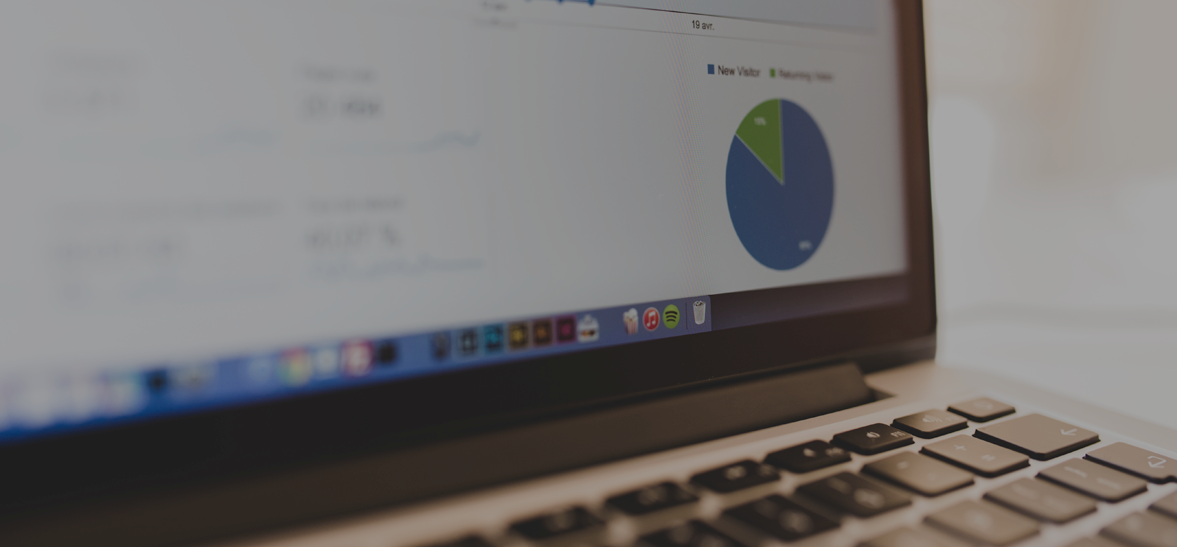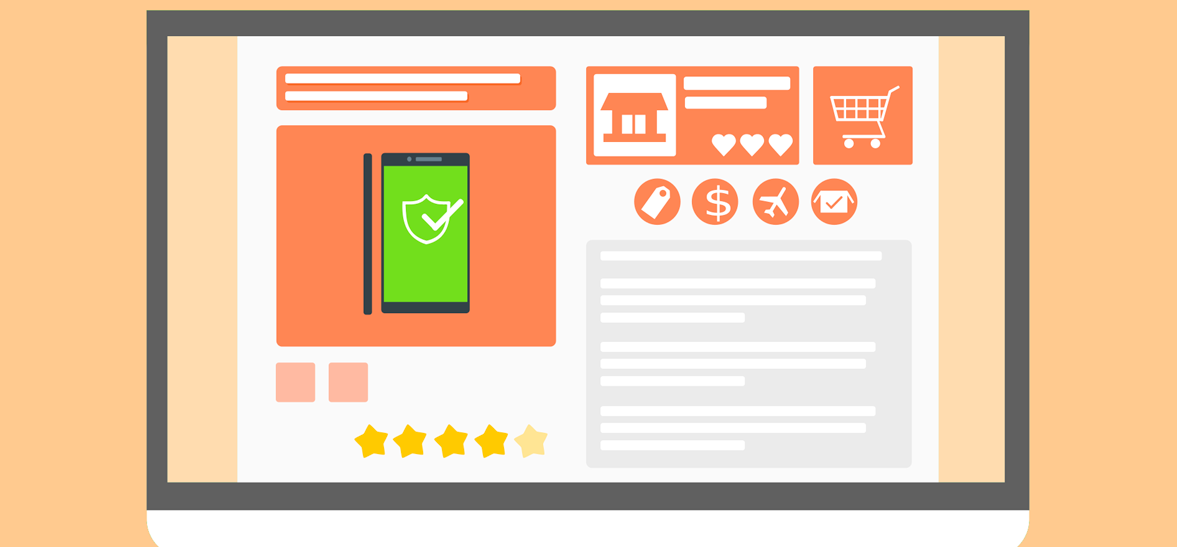If you’re a marketing manager or business owner, you’ve probably more than heard of ‘programmatic advertising’ – hopefully, you’ve even tried it out. But have you had success? Have you even got your head around how it works yet?
On the surface, programmatic ad buying is pretty simple. The term typically refers to the use of software to purchase digital advertising, as opposed to the traditional process; people negotiating over ads.
Computers buying online ad space? It’s as easy as that.
But what about understanding how it all works? Maybe not so much. And that’s perhaps why some marketers have shied away from programmatic ads, despite their effectiveness… Thankfully, that’s not the case anymore – and things are certainly changing.
Since 2014, programmatic advertising had steadily increased in popularity. In fact, industry publication Adweek actually projected that global mobile programmatic advertising spend will exceed £15billion this year. That’s a lot of computer-bought digital ads.
And if everyone else is doing it, should you be too? Well, that’s entirely up to you… But it is important to have a good understanding of programmatic advertising, how it all works and how to use it with other marketing channels – before you even consider kicking off your first campaign.
What is programmatic advertising?
“Programmatic” ad buying is the buying of digital ad space through specific software. This has replaced the traditional process involves requests for proposals, human negotiations and manual insertion orders. It’s a little bit of A.I, in that it’s using computers to buy adverts, basically.
How is it better than traditional ad buying?
Why does any computer steal a human’s job? People need sleep. We have sick days. We take long lunches and we get stuck in traffic. Machines do none of these things.
Basically, programmatic ad buying is super-efficient. Before it came about, digital ads were bought and sold by real-life salespeople, who can be expensive and unreliable. This technology promises to make ad buying much more efficient, and therefore cheaper, by removing people from the process wherever possible.

So how does it work?
Programmatic advertising is all about targeting. It uses metrics to show ads to specific demographics based on certain behaviours. Now, we’ve definitely heard that one before, so what’s all the fuss about?
You know when you’ve finished the article, and you really should get back to work, but there’s a collection of eight or twelve clickbait-y titles at the bottom that you just can’t seem to resist?
There’s a reason that ‘Celebrities Then and Now’ and ‘13 Amazing Beauty Benefits of Lemon Water’ seem to be following you around the internet. It’s highly likely (almost certain) that those ads have been placed there by programmatic software. Computerised ad buyers are honing in on your interests and behaviours so that you’re more likely to click and enjoy the content.
But whoa, how do they know what to put there?
Programmatic companies have the ability to gather audience data to target ads more precisely, whether it’s from 1st-party (their own) or from a 3rd-party data provider. What’s the deal with the data? Where do they get it? And why? Well…
Artificial intelligence technologies use complex algorithms to analyse web visitors’ behaviours – clicks, scrolls and customer journeys. This allows for real-time campaign optimisation; whereby certain ads are shown to an audience that’s much more likely to convert. They show us what we want and we do what they want – click.
DSPs, DMPs and SSPs
Now here’s the tricky part. Programmatic media buying includes the use of DSPs, DMPs and SSPs. Don’t worry – we’re here to explain.
DSPs, or demand-side platforms, facilitate the process of buying ad inventory (empty space) on the open market. This is where marketers enter bids for the ads, and the DSP provides the ability to reach the appropriate target audience.
DMPs, or data-management platforms, are responsible for collecting and analysing a substantial amount of in-depth cookie data. This then allows the marketers to make more informed decisions about who they might be targeting.
So what about the sites that publish the ads? That’s where an SSP comes in. This is a ‘supply-side platform’ that allows websites to manage their unsold ad inventory. An SSP reports attention data, such as how long a visitor was on a specific site or how many pages were viewed per visit. SSPs are ultimately in charge of picking the winning bid, and will serve the winning banner ad on the publisher’s site.

Why programmatic advertising is cool
The crazy thing about programmatic ad buying is that all of this is done in real-time. Those speedy computers are pretty damn quick, and technology can replace slow, menial tasks that humans have historically had to handle, such as sending insertion orders to publishers and dealing with ad tags.
Don’t get confused. Although it’s done in real-time, programmatic ad buying is not the same as real-time bidding.
Jack Marshall, a marketing pro from Digiday defines RTB real-time bidding as “… a type of programmatic ad buying, but it isn’t the only one. RTB refers to the purchase of ads through real-time auctions, but programmatic software also allows advertisers to buy guaranteed ad impressions in advance from specific publisher sites. This method of buying is often referred to as ‘programmatic direct.’”
Key advantages of programmatic advertising
It’s quicker, cheaper and much more targeted than traditional digital ad buying techniques. What’s not to love?
It also enables marketers to target KPIs more closely. The built-in technology of programmatic software is continually working to improve performance towards campaign KPIs and therefore increasing overall ROI.
You can also gain more customer insights, as the technology continually gathers “smart” data, based upon the type of individual that engages with your brand. It provides the opportunity to learn loads about your target audience. Don’t forget, you can also take these learnings and apply them across all marketing efforts to increase overall campaign performance. This will allow for a more streamlined, holistic approach to your marketing.
Programmatic ad buying also allows for greater scalability. You can reach a larger audience, across multiple websites and touch points, all in a timely and efficient manner. And timely and efficient mean only one thing – easier, more cost-effective media buying overall.
So, are you sold?
If you’ve not yet tried it, it’s probably time. Programmatic advertising is an optimised, effective way to place your ads and content in front of a highly targeted audience. You don’t even need to do any dirty work around demographics because the software’s there to help you.
If you’re ready to start a programmatic advertising campaign, but don’t know where to start, our team are here to help. To discuss a project, give us a call today on 0161 848 9008 or use the contact form at the bottom of this page.
If Adweek is projecting a £15billion spend in 2016, don’t get left behind. Make sure a few bob of that has come from your marketing budget. We know we’re already on board, so look out for K2L at the bottom of the page when you’re next reading ‘11 Ways Investing in Marketing Can Make You a Millionaire’.


